#ziegfield girl
Explore tagged Tumblr posts
Text


1915, Sarony Studio: Olive Thomas photographed for the Ziegfeld Follies
274 notes
·
View notes
Text

Lady of The Day 🌹 Harriet Hoctor ❤️
#silent film#silent era#silent actress#harriet hoctor#ballerina#ziegfield girl#silent cinema#1920s cinema#silent film actresses#vintage beauty
50 notes
·
View notes
Text

19 notes
·
View notes
Text


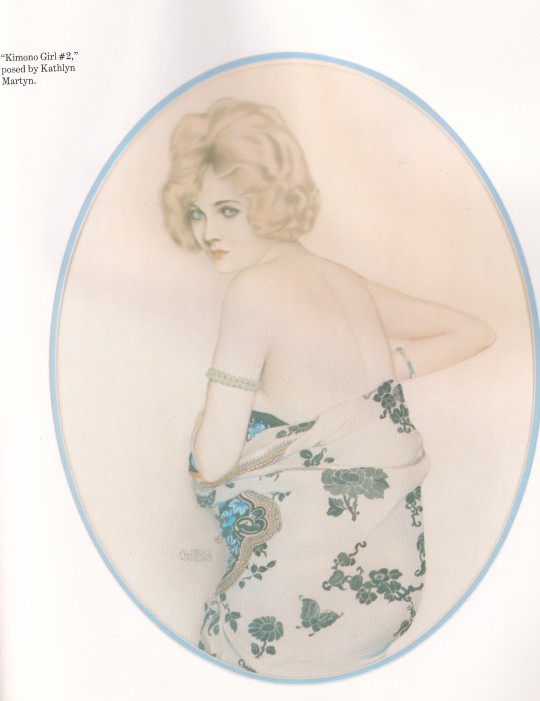

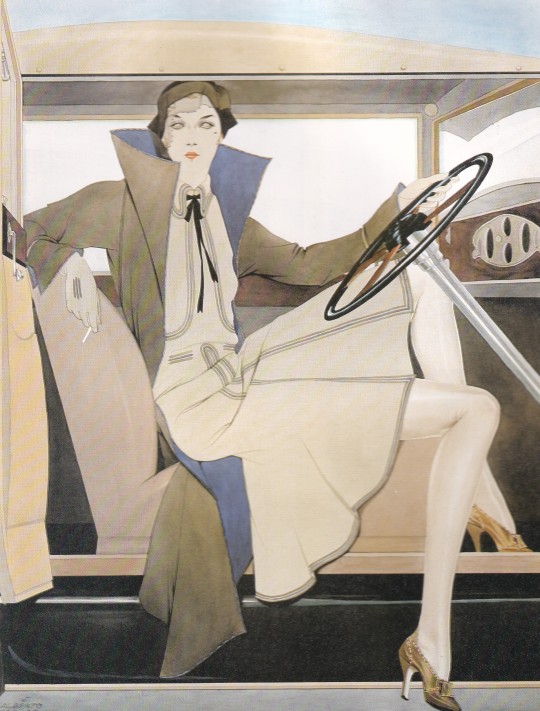
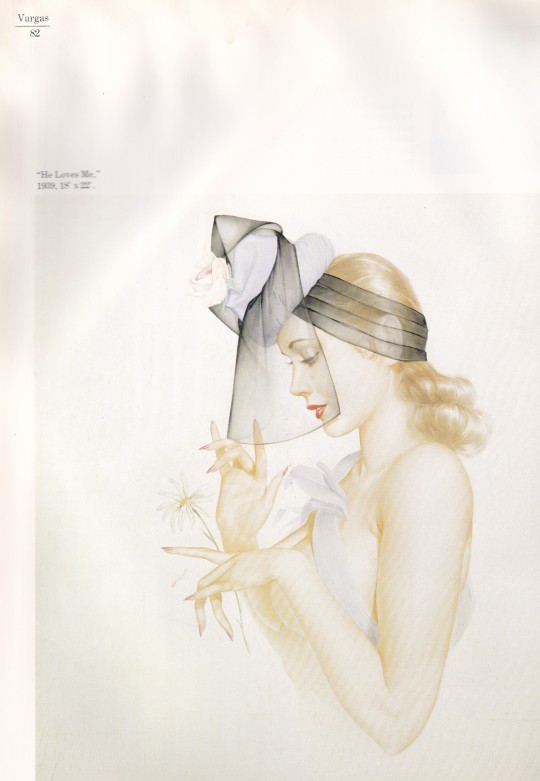
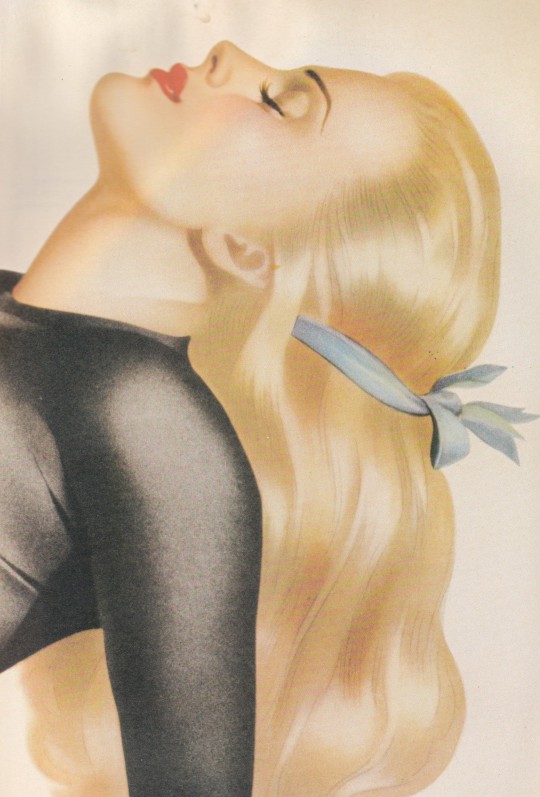

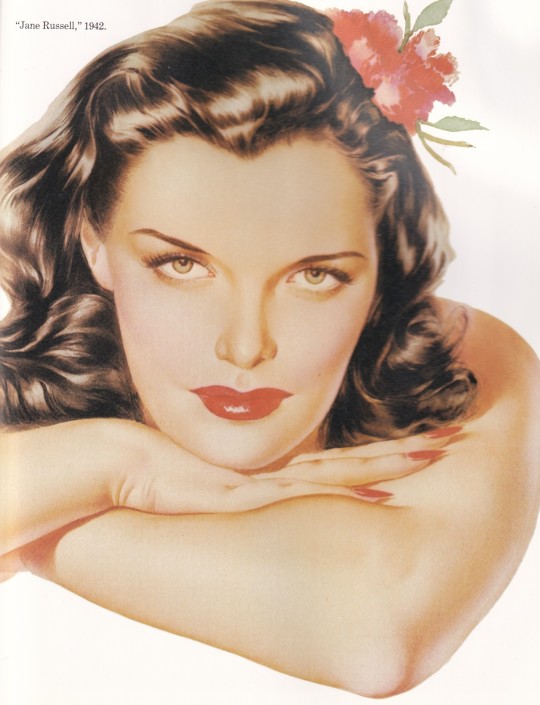
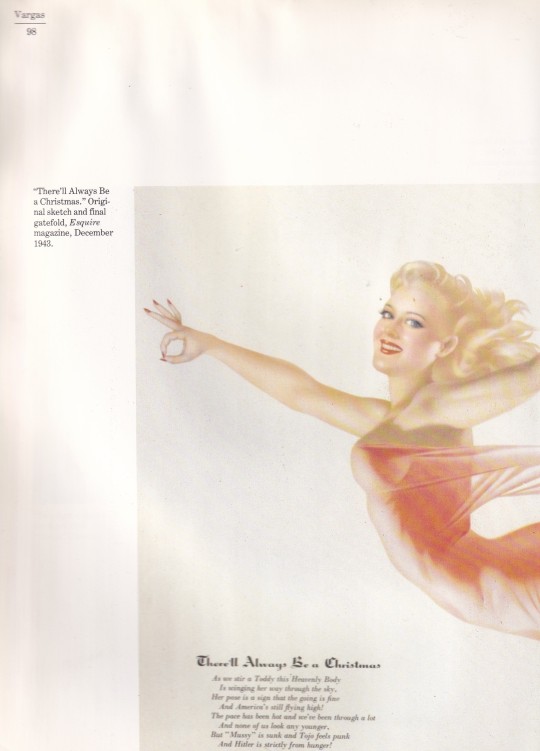
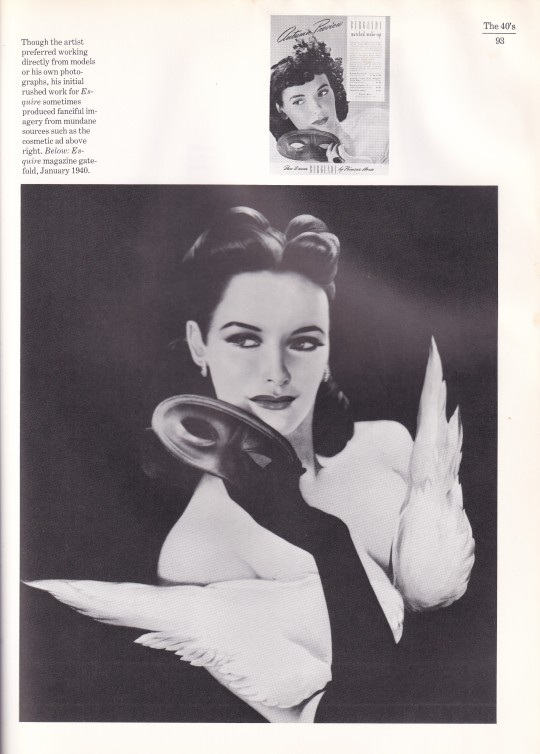
Vargas
Alberto Vargas and Reid Austin
Foreword by Hugh Hefner
Bell Publ., New York 1978, 128 pages, 23x31cm, ISBN 0-517-3365X Edges of boards are faded and slightly soiled.
euro 50,00
email if you want to buy [email protected]
Joaquin Alberto Vargas y Chávez (9 February 1896 – 30 December 1982) was a Peruvian-American painter of pin-up girls. He is often considered one of the most famous of the pin-up artists. Numerous Vargas paintings have sold and continue to sell for tens of thousands around the world.
For more than sixty years, Alberto Vargas has been celebrating the American woman in all her beauty and sensuousness. Now, accompanied by his remarkable life story, 160 of Vargas's most lushly alluring paintings have been gathered together in one exquisite volume. Voluptuous beauties from every period ahead: the Ziegfelde Follies girls, the glamorous Hollywood sex goddesses, and, of course, the inimitable Vargas Girls - those sensational creatures hwo have been gracing the pages of Esquire and Playboy magazines for nearly forty years. Vargas is a spectacular showcase of the art of the pin-up
20/12/23
#Vargas#Alberto Vargas#Ziegfield Follies girls#Vargas girls#Esquire#Playboy magazine#art of the pin-up#illustration books#fashionbooksmilano
106 notes
·
View notes
Text

Caryl Bergman
3 notes
·
View notes
Text


Jimmy Stewart and Hedy Lamarr (Come Live With Me, Ziegfield Girl)—i will be honest they do not have such good chemistry. however i DO think its very funny to have jimothy "always sounds like hes swallowing some vanilla ice cream" stewmeister across from hedy "literally most gorgeous woman ever maybe?" lamarr. like thats some casting decision for sure.
Errol Flynn and Basil Rathbone (Captain Blood, The Adventures of Robin Hood)—they wanna fuck so bad it makes them look stupid.
This is round 3 of a mini tournament. Each poll lasts for three days. If you'd like to send additional propaganda supporting your favorite hot couple, you can reblog this post with your propaganda added, send it to my asks, or tag me in it. To vote in all the polls, click here. Happy holidays!
[additional propaganda submitted under the cut]
No additional propaganda was submitted for Stewart and Lamarr.
Flynn and Rathbone:

215 notes
·
View notes
Text
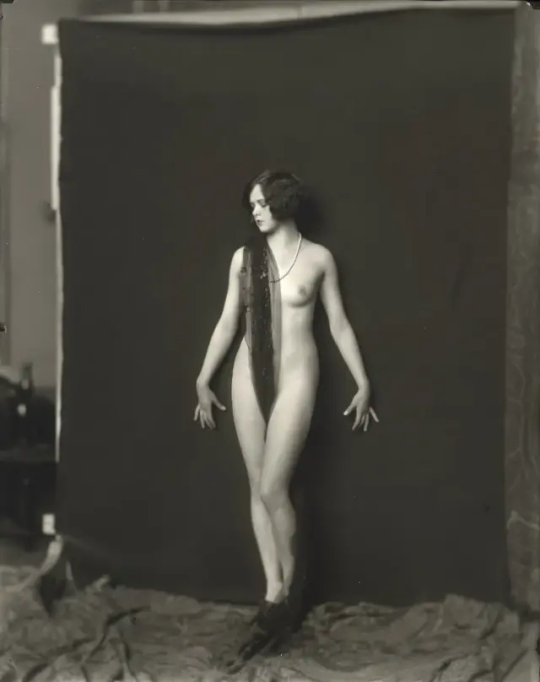
Alfred Cheney Johnston
Ziegfield Girl in Studio 1920s-30s
101 notes
·
View notes
Text
by Michael Feldberg
In 1908, dropping out of school after the eighth grade, the gangly, strong-voiced Fanny Borach worked as a chorus girl in a burlesque revue. By the end of that year, she changed her last name to Brice. Grossman speculates that Fanny probably changed her name to escape limited Jewish stage roles. Ironically, a year later, she would make her first Broadway mark in a musical comedy, The College Girls, singing Irving Berlin‘s “Sadie Salome, Go Home” with a put-on Yiddish accent while dancing a parody of the seductive veil dance in Richard Strauss’ opera Salome. Her act brought down the house. Despite her desire for universality, Brice found her niche as a “Jewish” entertainer.

When Brice stuck to broad farce and Yiddish-accented parodies of other female stars, the critics loved her. When she tried playing non-ethnic roles in Broadway plays, they panned her. Brice starred in the Ziegfield Follies in the 1920s and ’30s and became known for her beautiful voice and limber grace, which she always used in the service of humor. She tried dramatic Broadway roles, but the critics thought her plays unsuccessful.
As Brice’s fame increased, so did her notoriety. In 1918, she married Jules “Nicky” Arnstein, a handsome, urbane, but somewhat inept con man and thief she had lived with for six years. Despite Arnstein’s infidelity and a stretch in Sing Sing Prison for illegal wiretapping, the devoted Brice stayed married to him, had two children and supported him by working on stage almost constantly, almost to the very end of each pregnancy. Brice’s tumultuous relationship with the ne’er-do-well Arnstein gave her material for a rare non-ethnic success: appearing the Ziegfield Follies of 1921 the usually manic comedienne stood nearly motionless on the stage and, singing in a beautiful, unaccented voice, moved audiences to tears with her rendition of “My Man,” with its now-classic lyrics, “But whatever my man is, I am his forever.”
14 notes
·
View notes
Text

Promotional poster for "The Great Ziegfield" (1936)
The '30s to the early '50s were truly a wonderful time for Hollywood musicals. Amazing artists, directors, musicians, scenographers and dance directors came together to create the routines, wich are still to this day some of the most breathtaking display of female beauty in cinema.
All these gorgeous chorus girls, brunettes on the left, blondes to the right, all sitting so pretty and composed. Their smiles to the viewer feel welcoming and warm, as if they were inviting you to join them.
Everything in the picture is made to achieve the famous "MGM look": bright, luxurious, massive. From the detail of the champaigne bottles in the foreground, as well as the scenography in the background, with beautiful baroque designs and the silk curtains. Everything looks very soft and cozy.
I must admit, I usually don't enjoy watching these kind of musicals, I find the plot and characters are usually pretty shallow and boring. But when i see the dance routines, I'm immediately captured by the staggering beauty of the sequences. A triumph of femininity and human creativity.
Sometimes I imagine what it was like for people living in rural parts of the States in the 30s, where most people were still working in farms, to then go the movies and seeing stuff like this. It must've looked from another planet!
10 notes
·
View notes
Text

Poet Delmore Schwartz, New York City Uncredited and Undated Photograph
Twenty-eight naked young women bathed by the shore Or near the bank of a woodland lake Twenty-eight girls and all of them comely Worthy of Mack Sennett's camera and Florenz Ziegfield's Foolish Follies.
They splashed and swam with the wondrous unconsciousness Of their youth and beauty In the full spontaneity and summer of the fieshes of awareness Heightened, intensified and softened By the soft and the silk of the waters Blooded made ready by the energy set afire by the nakedness of the body,
Electrified: deified: undenied.
A young man of thirty years beholds them from a distance. He lives in the dungeon of ten million dollars. He is rich, handsome and empty standing behind the linen curtains Beholding them. Which girl does he think most desirable, most beautiful? They are all equally beautiful and desirable from the gold distance. For if poverty darkens discrimination and makes perception too vivid, The gold of wealth is also a form of blindness. For has not a Frenchman said, Although this is America…
What he has said is not entirely relevant, That a naked woman is a proof of the existence of God.
Where is he going? Is he going to be among them to splash and to laugh with them? They did not see him although he saw them and was there among them. He saw them as he would not have seen them had they been conscious Of him or conscious of men in complete depravation: This is his enchantment and impoverishment As he possesses them in gaze only.
. . .He felt the wood secrecy, he knew the June softness The warmth surrounding him crackled Held in by the mansard roof mansion He glimpsed the shadowy light on last year's brittle leaves fallen, Looked over and overlooked, glimpsed by the fall of death, Winter's mourning and the May's renewal.
-- Delmore Schwartz, "A Dream Of Whitman Paraphrased, Recognized And Made More Vivid By Renoir" 1962
29 notes
·
View notes
Text

1916, Campbell Studios: Olive Thomas photographed for the Follies in a more candid pose.
97 notes
·
View notes
Text

Lady of The Day 🌹 Gilda Gray ❤️
#silent film#silent era#silent actress#gilda gray#dancer#ziegfield girl#silent cinema#1920s cinema#silent film actresses#vintage beauty
28 notes
·
View notes
Text

7 notes
·
View notes
Text

Louise Browne was a dancer and musical comedy star, who went on to encourage many young dancers in Britain. American-Born, Browne's career began in the Ziegfield Follies. She starred in many musicals at the Gaiety Theatre, London, including The Girl Friend in 1927. In the 1930s she held the world record for pirouettes (over 80 consecutive spins). Browne married an English diplomat, and began a long association with the Royal Academy of Dancing, initiating scholarships and directing the prestigious summer school.
#vintage photos#old photos#sealed in time#historical photos#history photos#rare photos#vintage#photos#old#history#sealedintime#historical#photography#retro#classic#nostalgic#vintagephotos#oldphotos#historicalphotos#historyphotos#black and white photography#vintage photography#dance#ziegfield
7 notes
·
View notes
Text



The Ziegfields and 2
A history so curious... 2 boys, Michael and Arthur, discovered the girlfriend of Arthur, Shirlie, are the boss of a group of spies of other countries with a singularity, who discovered hers, will be the protegies of this spies.
What kind of adventure will be have this two boys who discovered this group of girls?
#drawing#draw#original idea#original art#original history#spies#new idea#is like a strange fusion of James Bond idea with Power Ranger
2 notes
·
View notes
Text


Jimmy Stewart and Hedy Lamarr (Come Live With Me, Ziegfield Girl)—i will be honest they do not have such good chemistry. however i DO think its very funny to have jimothy "always sounds like hes swallowing some vanilla ice cream" stewmeister across from hedy "literally most gorgeous woman ever maybe?" lamarr. like thats some casting decision for sure.
Melvyn Douglas and Greta Garbo (Ninotchka, Two-Faced Woman)—no propaganda submitted
This is round 1 of a mini Christmas tournament. Each poll lasts for three days. If you’d like to send additional propaganda supporting your favorite hot couple, you can reblog this post with your propaganda added, send it to my asks, or tag me in it. To vote in all the polls, click here. Happy holidays!
[no additional propaganda submitted]
140 notes
·
View notes